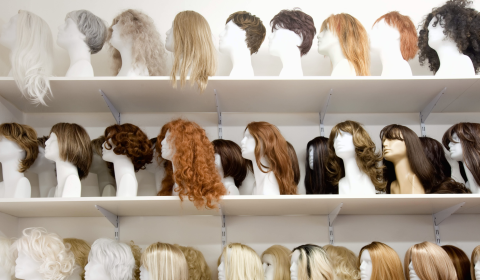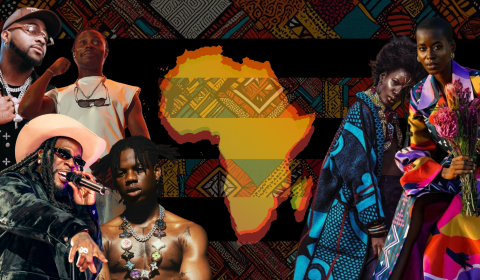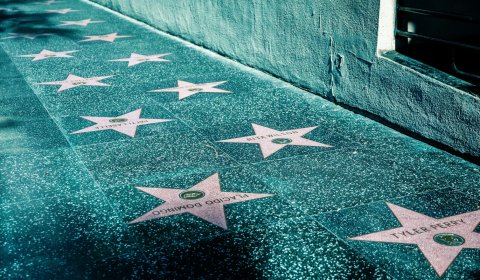The latest gambit from the Academy to up its woke credentials looks great on paper, but is vague in all the wrong places.
This week the Academy of Motion Picture Arts and Sciences announced a new set of ‘representation and inclusion’ standards in the hope of diversifying the Oscars. The film industry’s biggest awards ceremony is now asking studios to meet a set of minority inclusion standards to be considered for Best Picture.
The Oscars has a spotty history with equality and has been criticised in the past for disproportionately rewarding white, heteronormative, and cisgender nominees and films. Whilst there’s been some effort in the last few years to make the ceremony and the industry as a whole look less ‘male and pale’ by passing the top honour to Parasite last year, Green Book the year before and, famously, 12 Years a Slave in 2014, these have widely been considered acts of peacocking that distract from continued under-representation behind the scenes.
Films that want to qualify for Best Picture at the Oscars are now required to meet diversity criteria.
The Academy promises that guidelines will be enforced by the 2024 ceremony, where films must meet 2 out of 4 criteria areas.
: https://t.co/DspNeQaCSd pic.twitter.com/jh95ABpP8I
— Pop Crave (@PopCrave) September 9, 2020
The new rules plan to peel back behind the optics of Best Picture nominees to look at the whole diversity story of the film, which involves its entire cast and crew and their experiences working on set. Starting in 2024, all nominees for this prestigious award must prove that its makers aimed to be inclusive on several levels according to a list presented by the Academy. Think of the list like a compendium of woke Scout badges: you installed ramps on set and hired a number of disabled staff? That’s a badge. Your crew was 30% black and you had a gay lead actress? Two badges.
Whilst the new standards at least recognise that a representative Academy would involve more nuance than acknowledging that films in other languages can be just as good as American-made (a seemingly innocuous act that still got the President up in arms), there are significant issues with the proposal.




















